The Lithium Ion Battery market is expected to grow from USD 48.29 billion in 2022 to USD 184.92 billion by 2032, at a CAGR of 14.37% during the forecast period 2023-2032.
A lithium-ion battery is a rechargeable energy storage device that operates Li-ions as the leading charge carrier between its positive and negative electrodes. It is a popular and widely-used battery technology due to its high energy density, longer lifespan, lightweight design, and superior performance compared to other rechargeable battery types. When the battery is discharged, the lithium ions migrate back to the cathode, releasing stored energy as an electric current. These batteries are commonly found in a variety of applications, including consumer electronics (such as smartphones, laptops, and tablets), electric vehicles (EVs), hybrid electric vehicles (HEVs), energy storage systems, aerospace, medical devices, and more. They are favoured for their high energy density, allowing for longer battery life and more efficient energy storage than other battery technologies.
The shift towards clean and sustainable transportation solutions has driven the demand for lithium-ion batteries in EVs. Government incentives, environmental regulations, and increasing consumer interest in EVs have propelled the growth of the lithium-ion battery market. In addition, integrating renewable energy sources, such as solar and wind, requires efficient energy storage solutions. Lithium-ion batteries are widely used for grid-scale energy storage systems, helping to balance the intermittency of renewable energy generation and enhance grid stability. On the other hand, lithium-ion batteries can be prone to safety issues such as thermal runaway and fire hazards. These incidents, although rare, have raised concerns regarding the safety of lithium-ion battery technology, impacting consumer confidence and potentially restraining market growth. However, ongoing research and development efforts focus on improving lithium-ion batteries' performance, energy density, and safety. Developments in electrode materials, electrolyte systems, and manufacturing processes present opportunities for enhanced battery performance and market growth. The cost of lithium-ion batteries remains relatively high compared to other battery technologies. Achieving cost reductions through economies of scale, advancements in manufacturing processes, and improvements in battery efficiency is a significant challenge for market growth and competitiveness.
This study comprehensively analyses the type, application, and region. The type segment includes lithium iron phosphate (LFP), lithium cobalt oxide (LCO), lithium nickel manganese cobalt oxide (LI-NMC), lithium nickel cobalt aluminum oxide (LI-NCA) and lithium titanate (LTO). The lithium cobalt oxide (LCO) segment held the highest market share in 2022. Lithium Cobalt Oxide cathodes offer one of the highest energy densities among commercially available cathode materials. As a result, they can store a significant amount of energy per unit of weight, making them suitable for applications requiring a compact size of long-lasting power. The high energy density of LiCoO2 batteries has significantly influenced their dominance in portable electronics, such as smartphones and laptops. The application segment is divided into consumer electronics, energy storage systems, industrial, automotive, medical devices and others. The consumer electronics segment registered the largest market share in 2022. The widespread use of smartphones, tablets, laptops, and wearable devices has significantly contributed to the dominance of consumer electronics in the lithium-ion battery market. These devices require compact, lightweight, high-performance batteries to support their portable and energy-intensive functionalities. In addition, consumers expect their portable devices to have longer battery life to support continuous daily usage without frequent recharging. Lithium-ion batteries provide longer runtimes and superior cycle life compared to alternatives, ensuring extended usage time for consumer electronics devices.
The market has been divided into North America, Europe, Asia-Pacific, Middle East & Africa, and South America. The Asia-Pacific region held the highest market revenue in 2022. Asia-Pacific countries, particularly China, South Korea, and Japan, have established themselves as major manufacturing hubs for lithium-ion batteries. These countries benefit from robust infrastructure, skilled labour, and favourable government policies that support the growth of the battery industry. The region's strong manufacturing capabilities enable it to produce large quantities of lithium-ion batteries at competitive prices, driving its dominance in the market. Moreover, APAC is the largest market for electric vehicles globally, with China being the world's largest EV market. The increasing adoption of EVs in APAC countries has led to significant demand for lithium-ion batteries, the preferred energy storage solution for electric vehicles. The large-scale production of EVs in the region has further contributed to the dominance of APAC in the lithium-ion battery market.
Some of the notable players in the market are Honda Automobile Co., Ltd., Hyundai Motor, Samsung SDI Co., Ltd., Hitachi Astemo, Ltd., NXP Semiconductors N.V., Proterial, Ltd., Contemporary Amperex Technology Co., Limited., Mikuni Corp., Dana Incorporated, Eaton Corporation, Faurecia SE, Gentherm Inc., Tesla, Visteon Corporation, BYD Company Ltd., Norsk Hydro ASA, Bharat Electronics Limited (BEL), Duracell, Inc., Sensata Technologies, Inc., TE Connectivity Ltd., ZF Friedrichshafen AG, LG Chem, Panasonic Holding Corporation, General Electric, Renault Group, Johnson Controls, and Okaya Power Group among others.
Report Description:
1. Introduction
1.1. Objectives of the Study
1.2. Market Definition
1.3. Research Scope
1.4. Currency
1.5. Key Target Audience
2. Research Methodology and Assumptions
3. Executive Summary
4. Premium Insights
4.1. Porter’s Five Forces Analysis
4.2. Value Chain Analysis
4.3. Top Investment Pockets
4.3.1. Market Attractiveness Analysis By Type
4.3.2. Market Attractiveness Analysis By Application
4.3.3. Market Attractiveness Analysis By Region
4.4. Industry Trends
5. Market Dynamics
5.1. Market Evaluation
5.2. Drivers
5.2.1. Growing demand for electric vehicles (EVs)
5.2.2. Increasing adoption of renewable energy
5.3. Restraints
5.3.1. Safety concerns
5.4. Opportunities
5.4.1. Advancements in battery technology
5.5. Challenges
5.5.1. Cost reduction and competitiveness
6. Global Lithium Ion Battery Market Analysis and Forecast, By Type
6.1. Segment Overview
6.2. Lithium Iron Phosphate (LFP)
6.3. Lithium Cobalt Oxide (LCO)
6.4. Lithium Nickel Manganese Cobalt Oxide (LI-NMC)
6.5. Lithium Nickel Cobalt Aluminum Oxide (LI-NCA)
6.6. Lithium Titanate (LTO)
7. Global Lithium Ion Battery Market Analysis and Forecast, By Application
7.1. Segment Overview
7.2. Consumer Electronics
7.3. Energy Storage Systems
7.4. Industrial
7.5. Automotive
7.6. Medical Devices
7.7. Others
8. Global Lithium Ion Battery Market Analysis and Forecast, By Regional Analysis
8.1. Segment Overview
8.2. North America
8.2.1. U.S.
8.2.2. Canada
8.2.3. Mexico
8.3. Europe
8.3.1. Germany
8.3.2. France
8.3.3. U.K.
8.3.4. Italy
8.3.5. Spain
8.4. Asia-Pacific
8.4.1. Japan
8.4.2. China
8.4.3. India
8.5. South America
8.5.1. Brazil
8.6. Middle East and Africa
8.6.1. UAE
8.6.2. South Africa
9. Global Lithium Ion Battery Market-Competitive Landscape
9.1. Overview
9.2. Market Share of Key Players in Global Lithium Ion Battery Market
9.2.1. Global Company Market Share
9.2.2. North America Company Market Share
9.2.3. Europe Company Market Share
9.2.4. APAC Company Market Share
9.3. Competitive Situations and Trends
9.3.1. Product Launches and Developments
9.3.2. Partnerships, Collaborations, and Agreements
9.3.3. Mergers & Acquisitions
9.3.4. Expansions
10. Company Profiles
10.1. Honda Automobile Co., Ltd.
10.1.1. Business Overview
10.1.2. Company Snapshot
10.1.3. Company Market Share Analysis
10.1.4. Company Product Portfolio
10.1.5. Recent Developments
10.1.6. SWOT Analysis
10.2. Hyundai Motor
10.2.1. Business Overview
10.2.2. Company Snapshot
10.2.3. Company Market Share Analysis
10.2.4. Company Product Portfolio
10.2.5. Recent Developments
10.2.6. SWOT Analysis
10.3. Samsung SDI Co., Ltd.
10.3.1. Business Overview
10.3.2. Company Snapshot
10.3.3. Company Market Share Analysis
10.3.4. Company Product Portfolio
10.3.5. Recent Developments
10.3.6. SWOT Analysis
10.4. Hitachi Astemo, Ltd.
10.4.1. Business Overview
10.4.2. Company Snapshot
10.4.3. Company Market Share Analysis
10.4.4. Company Product Portfolio
10.4.5. Recent Developments
10.4.6. SWOT Analysis
10.5. NXP Semiconductors N.V.
10.5.1. Business Overview
10.5.2. Company Snapshot
10.5.3. Company Market Share Analysis
10.5.4. Company Product Portfolio
10.5.5. Recent Developments
10.5.6. SWOT Analysis
10.6. Proterial, Ltd.
10.6.1. Business Overview
10.6.2. Company Snapshot
10.6.3. Company Market Share Analysis
10.6.4. Company Product Portfolio
10.6.5. Recent Developments
10.6.6. SWOT Analysis
10.7. Contemporary Amperex Technology Co., Limited.
10.7.1. Business Overview
10.7.2. Company Snapshot
10.7.3. Company Market Share Analysis
10.7.4. Company Product Portfolio
10.7.5. Recent Developments
10.7.6. SWOT Analysis
10.8. Mikuni Corp.
10.8.1. Business Overview
10.8.2. Company Snapshot
10.8.3. Company Market Share Analysis
10.8.4. Company Product Portfolio
10.8.5. Recent Developments
10.8.6. SWOT Analysis
10.9. Dana Incorporated
10.9.1. Business Overview
10.9.2. Company Snapshot
10.9.3. Company Market Share Analysis
10.9.4. Company Product Portfolio
10.9.5. Recent Developments
10.9.6. SWOT Analysis
10.10. Eaton Corporation
10.10.1. Business Overview
10.10.2. Company Snapshot
10.10.3. Company Market Share Analysis
10.10.4. Company Product Portfolio
10.10.5. Recent Developments
10.10.6. SWOT Analysis
10.11. Faurecia SE
10.11.1. Business Overview
10.11.2. Company Snapshot
10.11.3. Company Market Share Analysis
10.11.4. Company Product Portfolio
10.11.5. Recent Developments
10.11.6. SWOT Analysis
10.12. Gentherm Inc.
10.12.1. Business Overview
10.12.2. Company Snapshot
10.12.3. Company Market Share Analysis
10.12.4. Company Product Portfolio
10.12.5. Recent Developments
10.12.6. SWOT Analysis
10.13. Tesla
10.13.1. Business Overview
10.13.2. Company Snapshot
10.13.3. Company Market Share Analysis
10.13.4. Company Product Portfolio
10.13.5. Recent Developments
10.13.6. SWOT Analysis
10.14. Visteon Corporation
10.14.1. Business Overview
10.14.2. Company Snapshot
10.14.3. Company Market Share Analysis
10.14.4. Company Product Portfolio
10.14.5. Recent Developments
10.14.6. SWOT Analysis
10.15. BYD Company Ltd.
10.15.1. Business Overview
10.15.2. Company Snapshot
10.15.3. Company Market Share Analysis
10.15.4. Company Product Portfolio
10.15.5. Recent Developments
10.15.6. SWOT Analysis
10.16. Norsk Hydro ASA
10.16.1. Business Overview
10.16.2. Company Snapshot
10.16.3. Company Market Share Analysis
10.16.4. Company Product Portfolio
10.16.5. Recent Developments
10.16.6. SWOT Analysis
10.17. Bharat Electronics Limited (BEL)
10.17.1. Business Overview
10.17.2. Company Snapshot
10.17.3. Company Market Share Analysis
10.17.4. Company Product Portfolio
10.17.5. Recent Developments
10.17.6. SWOT Analysis
10.18. Duracell, Inc.
10.18.1. Business Overview
10.18.2. Company Snapshot
10.18.3. Company Market Share Analysis
10.18.4. Company Product Portfolio
10.18.5. Recent Developments
10.18.6. SWOT Analysis
10.19. Sensata Technologies, Inc.
10.19.1. Business Overview
10.19.2. Company Snapshot
10.19.3. Company Market Share Analysis
10.19.4. Company Product Portfolio
10.19.5. Recent Developments
10.19.6. SWOT Analysis
10.20. TE Connectivity Ltd.
10.20.1. Business Overview
10.20.2. Company Snapshot
10.20.3. Company Market Share Analysis
10.20.4. Company Product Portfolio
10.20.5. Recent Developments
10.20.6. SWOT Analysis
10.21. ZF Friedrichshafen AG
10.21.1. Business Overview
10.21.2. Company Snapshot
10.21.3. Company Market Share Analysis
10.21.4. Company Product Portfolio
10.21.5. Recent Developments
10.21.6. SWOT Analysis
10.22. LG Chem
10.22.1. Business Overview
10.22.2. Company Snapshot
10.22.3. Company Market Share Analysis
10.22.4. Company Product Portfolio
10.22.5. Recent Developments
10.22.6. SWOT Analysis
10.23. Panasonic Holding Corporation
10.23.1. Business Overview
10.23.2. Company Snapshot
10.23.3. Company Market Share Analysis
10.23.4. Company Product Portfolio
10.23.5. Recent Developments
10.23.6. SWOT Analysis
10.24. General Electric
10.24.1. Business Overview
10.24.2. Company Snapshot
10.24.3. Company Market Share Analysis
10.24.4. Company Product Portfolio
10.24.5. Recent Developments
10.24.6. SWOT Analysis
10.25. Renault Group
10.25.1. Business Overview
10.25.2. Company Snapshot
10.25.3. Company Market Share Analysis
10.25.4. Company Product Portfolio
10.25.5. Recent Developments
10.25.6. SWOT Analysis
10.26. Johnson Controls
10.26.1. Business Overview
10.26.2. Company Snapshot
10.26.3. Company Market Share Analysis
10.26.4. Company Product Portfolio
10.26.5. Recent Developments
10.26.6. SWOT Analysis
10.27. Okaya Power Group
10.27.1. Business Overview
10.27.2. Company Snapshot
10.27.3. Company Market Share Analysis
10.27.4. Company Product Portfolio
10.27.5. Recent Developments
10.27.6. SWOT Analysis
List of Table
1. Global Lithium Ion Battery Market, By Type, 2019-2032 (USD Billion) (K Units)
2. Global Lithium Iron Phosphate (LFP), Lithium Ion Battery Market, By Region, 2019-2032 (USD Billion) (K Units)
3. Global Lithium Cobalt Oxide (LCO), Lithium Ion Battery Market, By Region, 2019-2032 (USD Billion) (K Units)
4. Global Lithium Nickel Manganese Cobalt Oxide (LI-NMC), Lithium Ion Battery Market, By Region, 2019-2032 (USD Billion) (K Units)
5. Global Lithium Nickel Cobalt Aluminum Oxide (LI-NCA), Lithium Ion Battery Market, By Region, 2019-2032 (USD Billion) (K Units)
6. Global Lithium Titanate (LTO), Lithium Ion Battery Market, By Region, 2019-2032 (USD Billion) (K Units)
7. Global Lithium Ion Battery Market, By Application, 2019-2032 (USD Billion) (K Units)
8. Global Consumer Electronics, Lithium Ion Battery Market, By Region, 2019-2032 (USD Billion) (K Units)
9. Global Energy Storage Systems, Lithium Ion Battery Market, By Region, 2019-2032 (USD Billion) (K Units)
10. Global Industrial, Lithium Ion Battery Market, By Region, 2019-2032 (USD Billion) (K Units)
11. Global Automotive, Lithium Ion Battery Market, By Region, 2019-2032 (USD Billion) (K Units)
12. Global Medical Devices, Lithium Ion Battery Market, By Region, 2019-2032 (USD Billion) (K Units)
13. Global Others, Lithium Ion Battery Market, By Region, 2019-2032 (USD Billion) (K Units)
14. Global General Industrial, Lithium Ion Battery Market, By Region, 2019-2032 (USD Billion) (K Units)
15. Global Marine, Lithium Ion Battery Market, By Region, 2019-2032 (USD Billion) (K Units)
16. Global Others, Lithium Ion Battery Market, By Region, 2019-2032 (USD Billion) (K Units)
17. Global Lithium Ion Battery Market, By Region, 2019-2032 (USD Billion) (K Units)
18. North America Lithium Ion Battery Market, By Type, 2019-2032 (USD Billion) (K Units)
19. North America Lithium Ion Battery Market, By Application, 2019-2032 (USD Billion) (K Units)
20. U.S. Lithium Ion Battery Market, By Type, 2019-2032 (USD Billion) (K Units)
21. U.S. Lithium Ion Battery Market, By Application, 2019-2032 (USD Billion) (K Units)
22. Canada Lithium Ion Battery Market, By Type, 2019-2032 (USD Billion) (K Units)
23. Canada Lithium Ion Battery Market, By Application, 2019-2032 (USD Billion) (K Units)
24. Mexico Lithium Ion Battery Market, By Type, 2019-2032 (USD Billion) (K Units)
25. Mexico Lithium Ion Battery Market, By Application, 2019-2032 (USD Billion) (K Units)
26. Europe Lithium Ion Battery Market, By Type, 2019-2032 (USD Billion) (K Units)
27. Europe Lithium Ion Battery Market, By Application, 2019-2032 (USD Billion) (K Units)
28. Germany Lithium Ion Battery Market, By Type, 2019-2032 (USD Billion) (K Units)
29. Germany Lithium Ion Battery Market, By Application, 2019-2032 (USD Billion) (K Units)
30. France Lithium Ion Battery Market, By Type, 2019-2032 (USD Billion) (K Units)
31. France Lithium Ion Battery Market, By Application 2019-2032 (USD Billion) (K Units)
32. U.K. Lithium Ion Battery Market, By Type, 2019-2032 (USD Billion) (K Units)
33. U.K. Lithium Ion Battery Market, By Application 2019-2032 (USD Billion) (K Units)
34. Italy Lithium Ion Battery Market, By Type, 2019-2032 (USD Billion) (K Units)
35. Italy Lithium Ion Battery Market, By Application 2019-2032 (USD Billion) (K Units)
36. Spain Lithium Ion Battery Market, By Type, 2019-2032 (USD Billion) (K Units)
37. Spain Lithium Ion Battery Market, By Application 2019-2032 (USD Billion) (K Units)
38. Asia Pacific Lithium Ion Battery Market, By Type, 2019-2032 (USD Billion) (K Units)
39. Asia Pacific Lithium Ion Battery Market, By Application 2019-2032 (USD Billion) (K Units)
40. Japan Lithium Ion Battery Market, By Type, 2019-2032 (USD Billion) (K Units)
41. Japan Lithium Ion Battery Market, By Application 2019-2032 (USD Billion) (K Units)
42. China Lithium Ion Battery Market, By Type, 2019-2032 (USD Billion) (K Units)
43. China Lithium Ion Battery Market, By Application 2019-2032 (USD Billion) (K Units)
44. India Lithium Ion Battery Market, By Type, 2019-2032 (USD Billion) (K Units)
45. India Lithium Ion Battery Market, By Application 2019-2032 (USD Billion) (K Units)
46. South America Lithium Ion Battery Market, By Type, 2019-2032 (USD Billion) (K Units)
47. South America Lithium Ion Battery Market, By Application 2019-2032 (USD Billion) (K Units)
48. Brazil Lithium Ion Battery Market, By Type, 2019-2032 (USD Billion) (K Units)
49. Brazil Lithium Ion Battery Market, By Application 2019-2032 (USD Billion) (K Units)
50. Middle East and Africa Lithium Ion Battery Market, By Type, 2019-2032 (USD Billion) (K Units)
51. Middle East and Africa Lithium Ion Battery Market, By Application 2019-2032 (USD Billion) (K Units)
52. UAE Lithium Ion Battery Market, By Type, 2019-2032 (USD Billion) (K Units)
53. UAE Lithium Ion Battery Market, By Application 2019-2032 (USD Billion) (K Units)
54. South Africa Lithium Ion Battery Market, By Type, 2019-2032 (USD Billion) (K Units)
55. South Africa Lithium Ion Battery Market, By Application 2019-2032 (USD Billion) (K Units)
List of Figures
1. Global Lithium Ion Battery Market Segmentation
2. Global Lithium Ion Battery Market: Research Methodology
3. Market Size Estimation Methodology: Bottom-Up Approach
4. Market Size Estimation Methodology: Top-Down Approach
5. Data Triangulation
6. Porter’s Five Forces Analysis
7. Value Chain Analysis
8. Global Lithium Ion Battery Market Attractiveness Analysis By Type
9. Global Lithium Ion Battery Market Attractiveness Analysis By Application
10. Global Lithium Ion Battery Market Attractiveness Analysis By Region
11. Global Lithium Ion Battery Market: Dynamics
12. Global Lithium Ion Battery Market Share By Type (2023 & 2032)
13. Global Lithium Ion Battery Market Share By Application (2023 & 2032)
14. Global Lithium Ion Battery Market Share By Regions (2023 & 2032)
15. Global Lithium Ion Battery Market Share By Company (2022)
Market research is a method of gathering, assessing and deducing data & information about a particular market. Market research is very crucial in these days. The techniques analyze about how a product/service can be offered to the market to its end-customers, observe the impact of that product/service based on the past customer experiences, and cater their needs and demands. Owing to the successful business ventures, accurate, relevant and thorough information is the base for all the organizations because market research report/study offers specific market related data & information about the industry growth prospects, perspective of the existing customers, and the overall market scenario prevailed in past, ongoing present and developing future. It allows the stakeholders and investors to determine the probability of a business before committing substantial resources to the venture. Market research helps in solving the marketing issues challenges that a business will most likely face.
Market research is valuable because of the following reasons:
Our research report features both the aspects; qualitative and quantitative. Qualitative part provides insights about the market driving forces, potential opportunities, customer’s demands and requirement which in turn help the companies to come up with new strategies in order to survive in the long run competition. The quantitative segment offers the most credible information related to the industry. Based on the data gathering, we use to derive the market size and estimate their future growth prospects on the basis of global, region and country.
Our market research process involves with the four specific stages.
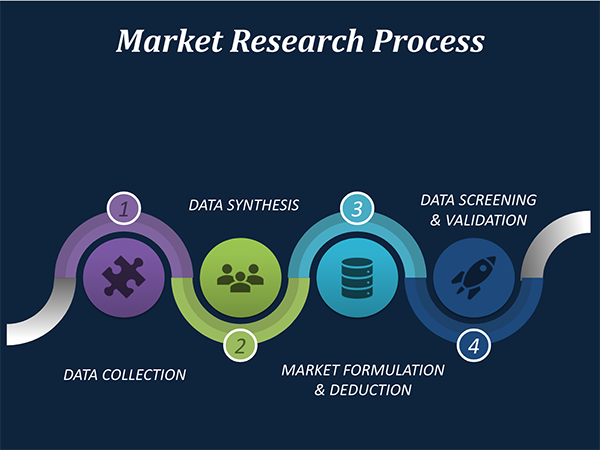
Data Collection: This stage of the market research process involves with the gathering and collecting of the market/industry related data from the sources. There are basically two types of research methods:
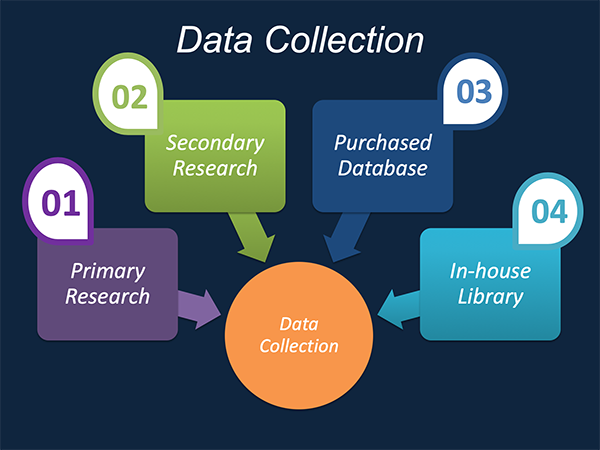
Data Synthesis: This stage includes the evaluation and assessment of all the data acquired from the primary and secondary research. It likewise includes in evaluating the information for any disparity watched while information gathering identified with the market. The data & information is gathered with consideration to the heterogeneity of sources. Scientific and statistical methods are implemented for synthesizing dissimilar information sets and provide the relevant data which is fundamental for formulating strategies. Our organization has broad involvement with information amalgamation where the information goes through different stages:
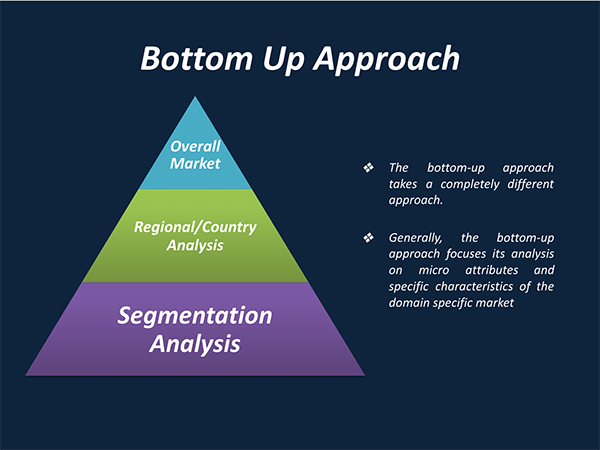
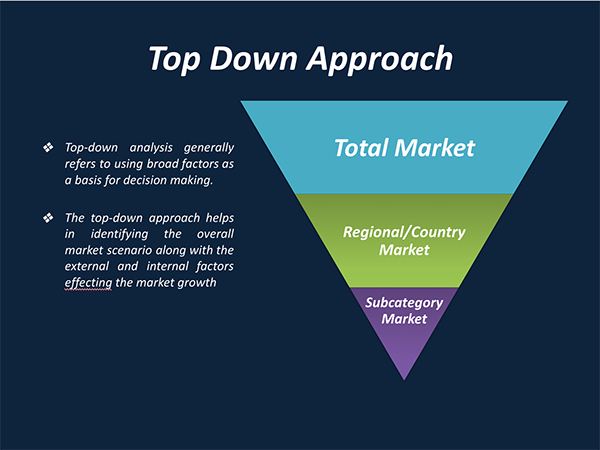
Market Formulation & Deduction: The last stage includes assigning the data & information in a suitable way in order to derive market size. Analyst reviews and domain based opinions based on holistic approach of market estimation combined with industry investigation additionally features a crucial role in this stage.
This stage includes with the finalization of the market size and numbers that we have gathered from primary and secondary research. With the data & information addition, we ensure that there is no gap in the market information. Market trend analysis is finished by our analysts by utilizing data extrapolation procedures, which give the most ideal figures to the market.
Data Validation: Validation is the most crucial step in the process. Validation & re-validation through scientifically designed technique and process that helps us finalize data-points to be used for final calculations. This stage also involves with the data triangulation process. Data triangulation generally implicates the cross validation and matching the data which has been collected from primary and secondary research methods.
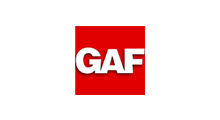

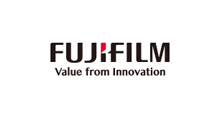
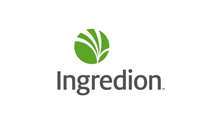

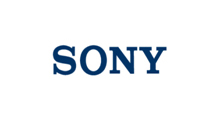
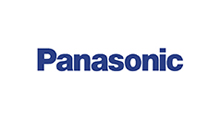
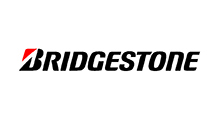
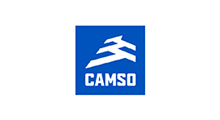
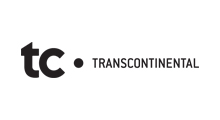
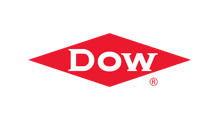
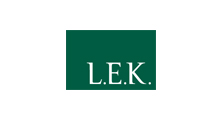

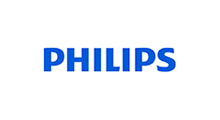
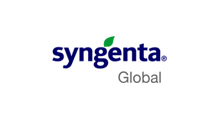
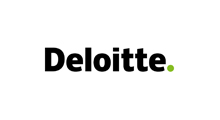

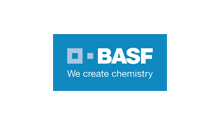
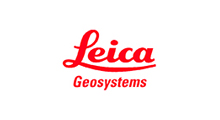
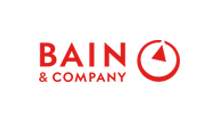
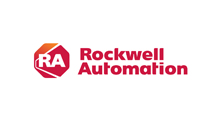
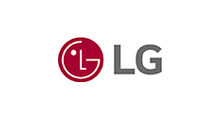
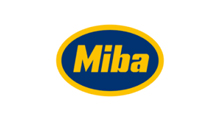
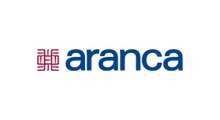
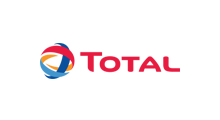
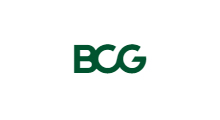
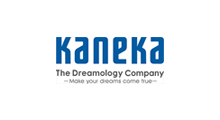
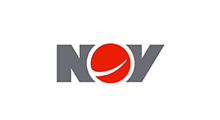
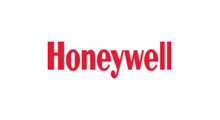
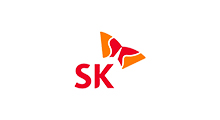
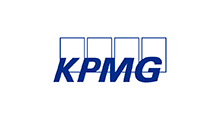
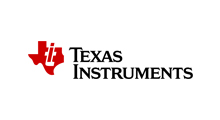
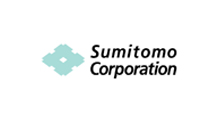
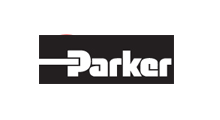
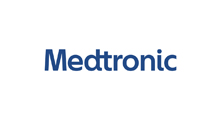
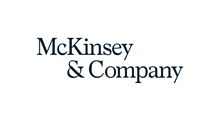


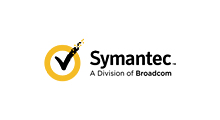
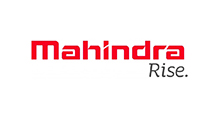
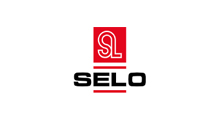
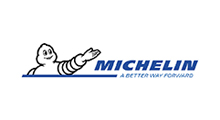

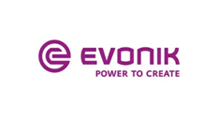

Free Customization
Countries can be added on demand
Free yearly update on purchase of Multi/Corporate User License
Companies served till date

We serve our customers 24x7 for 365 days through calls, emails and live chat options.
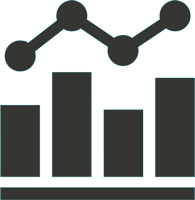
Huge database of exceptional market reports bringing market intelligence to your fingertips.

SSL enabled, we offer you various secured payment options for risk free purchase.